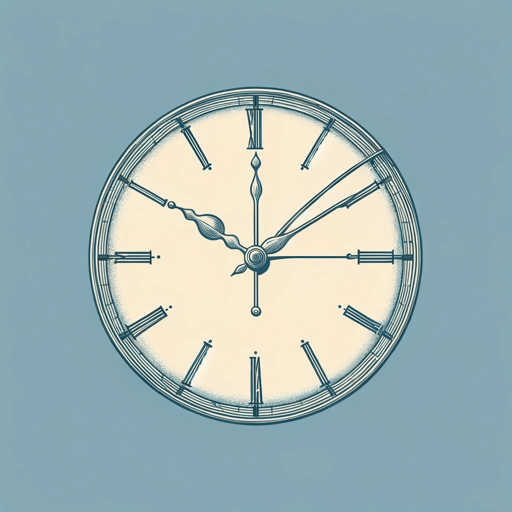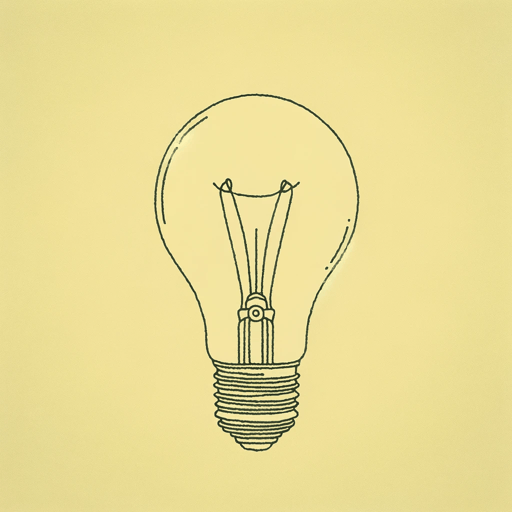19 pages • 38 minutes read
W. H. AudenMusée des Beaux Arts
Fiction | Poem | Adult | Published in 1939A modern alternative to SparkNotes and CliffsNotes, SuperSummary offers high-quality Study Guides with detailed chapter summaries and analysis of major themes, characters, and more.
Poem Analysis
Analysis: “Musée des Beaux Arts”
“Musée des Beaux Arts” is a free-verse poem inspired by the poet’s experience at the museum in Brussels, but the speaker isn’t explicitly identified. The focus is on the artwork and the ideas it provokes—the speaker shares conversational observations as one might do during a leisurely walk through a gallery.
The first line, “About suffering they were never wrong” (Line 1), reveals a central theme of the poem. The straightforward declaration “[a]bout suffering” (Line 1) is immediately complicated by uncertainty because the pronoun’s referent, “The Old Masters” (Line 2), isn’t identified until after the line break. This pattern of mixing seen and unseen, known and unknown, continues throughout the poem.
The Old Masters’ paintings depict suffering—a universal and age-old subject. In a perhaps surprising turn, the speaker suggests that what those artists best understood is suffering’s “human position” (Line 3). Instead of seizing attention, suffering happens amongst ordinary scenes of everyday life, “[w]hile someone else is eating or opening a window or just walking dully along” (Line 4). Not even the extraordinary can easily penetrate the haze of routine and inward focus.
The speaker elaborates on the thought by alluding to Breughel’s painting The Census at Bethlehem—a busy winter scene so filled with figures and details that Joseph and the pregnant Mary nearly blend into the crowd.
Related Titles
By W. H. Auden




